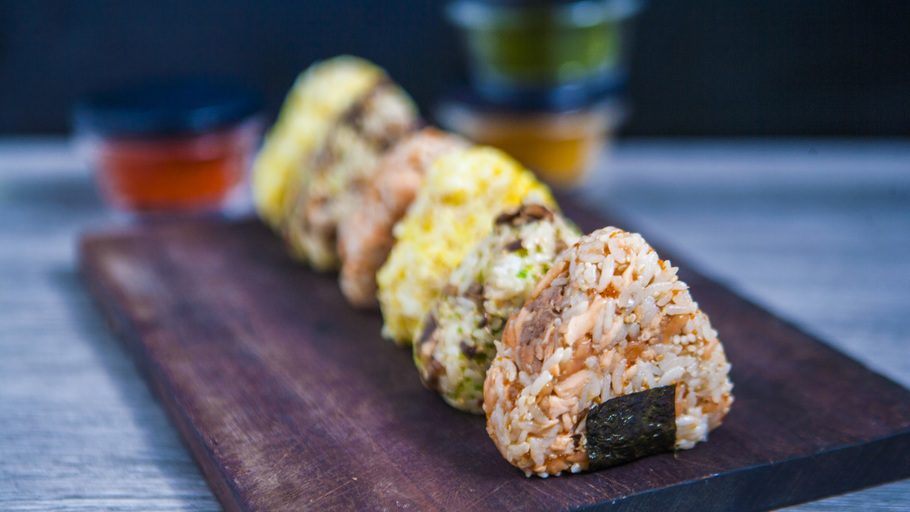Onigiri is also commonly called rice balls in America. Onigiri can also be called Musubi or Omusubi. Musubi means bound, so maybe it means the rice ball with a nori that surrounds the rice. But there are also some onigiri / musubi that don’t use nori.
In my opinion, Onigiri is rice which is pressed into a ball using a hand that has been moistened with a little water, then given a little salt. This is the basic way. You can modify the Onigiri as you like by adding various topings and different types of rice.
Lots of Onigiri in Japan are available at self-service shops / combini (Japanese supermarkets). Usually they provide 2 to 3 shelves to display onigiri and are always stocked every few hours, especially at busy times, such as breakfast or at night where people are looking for snacks.
This onigiri is always sold fresh. I don’t know all the details but if the onigiri is left for more than a few hours, they will become stale, and the rice will become hard. So that’s the reason why this Onigiri is sent several times a day.
There are many types of origini and every supermarket / combini in Japan has their own mainstay. It seems they are trying to make at least 2 new flavors every month. For example below, Yaki Onigiri and Ebi Chiri Chaahan are in labeli Shinhatsubai which means new products.

